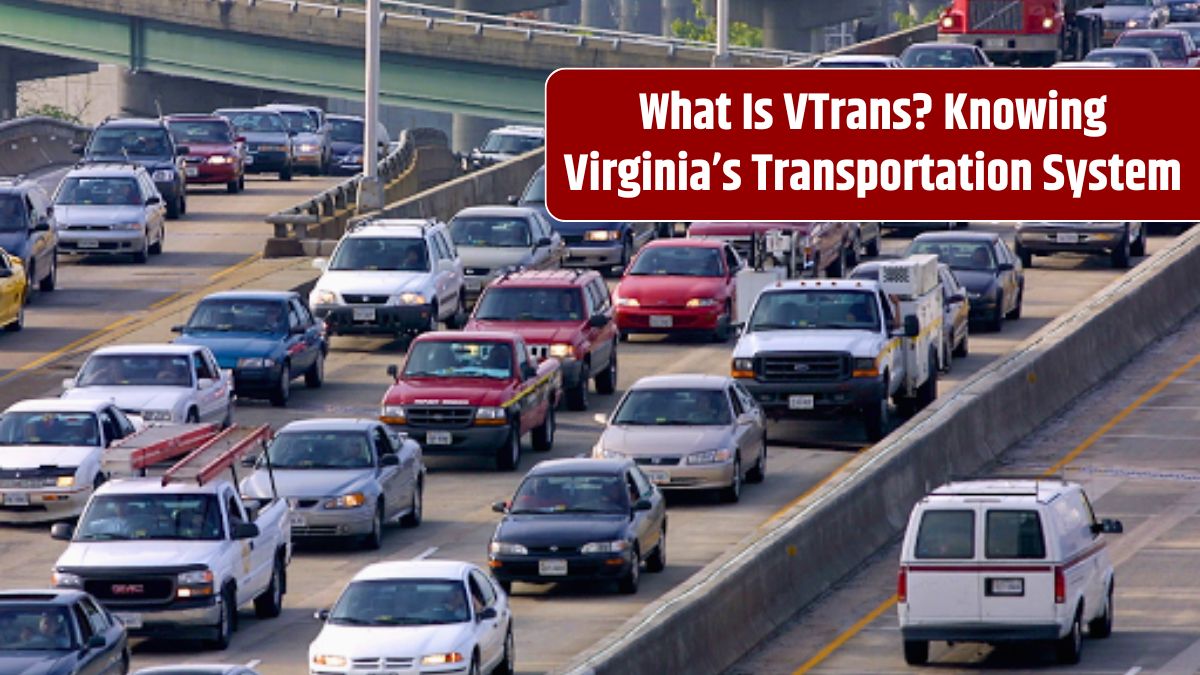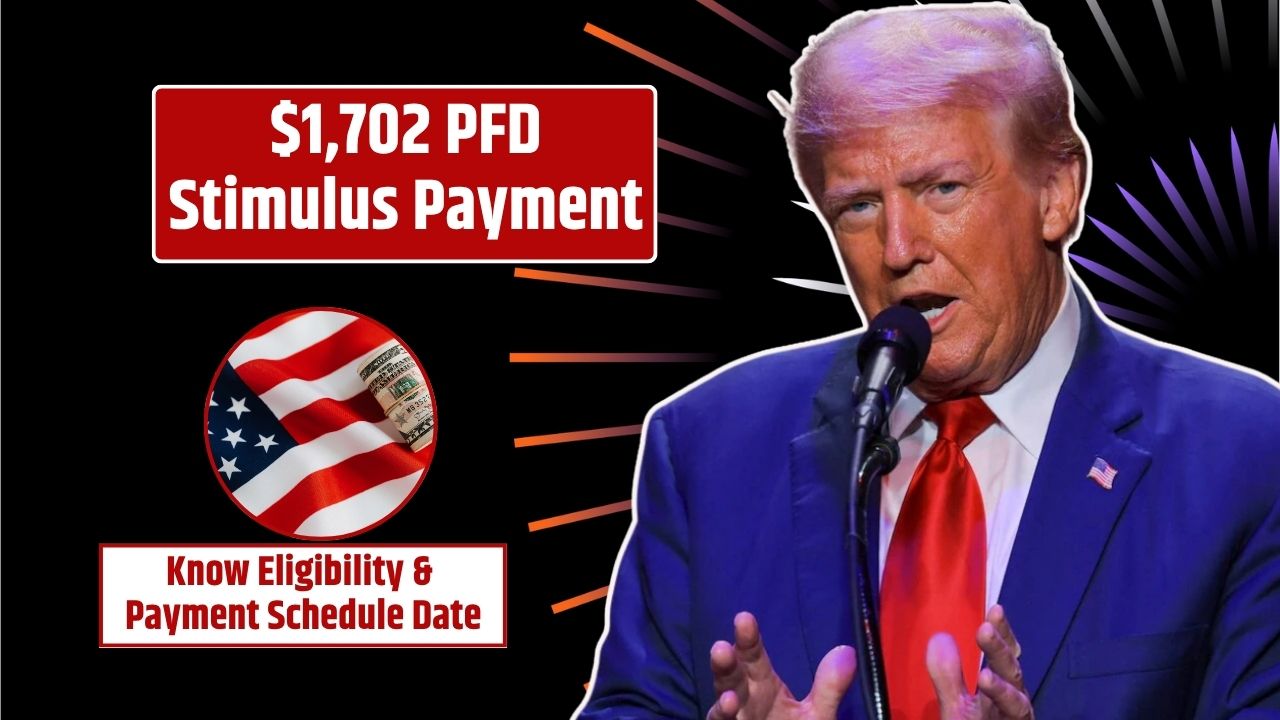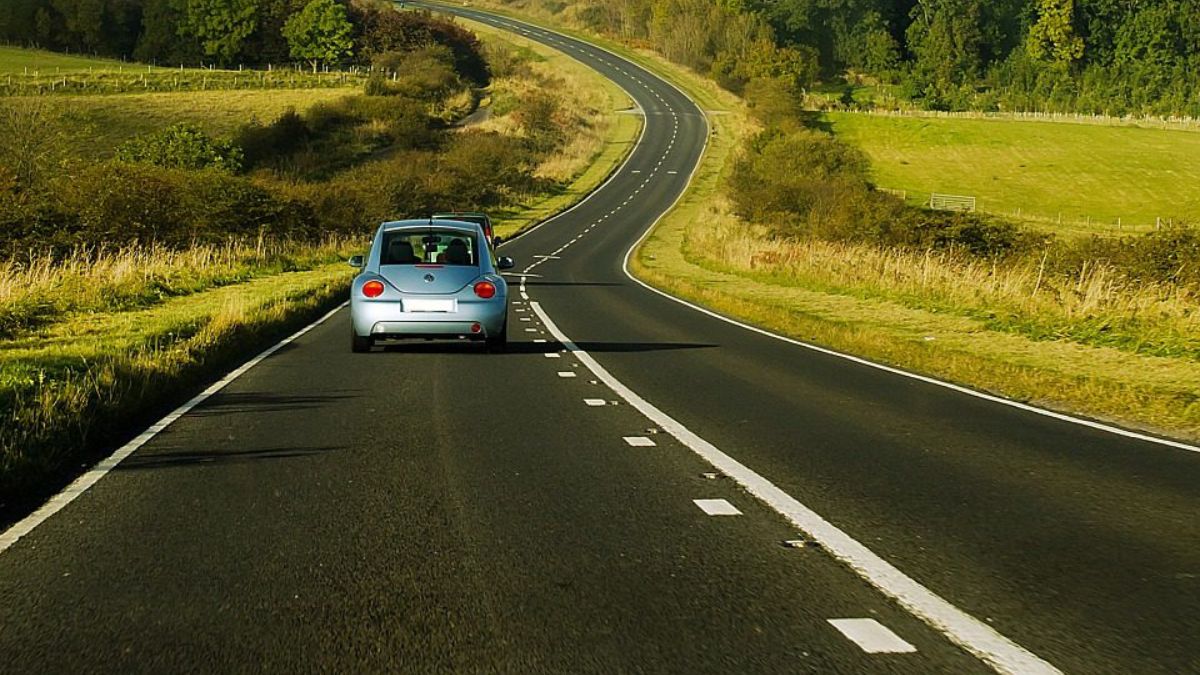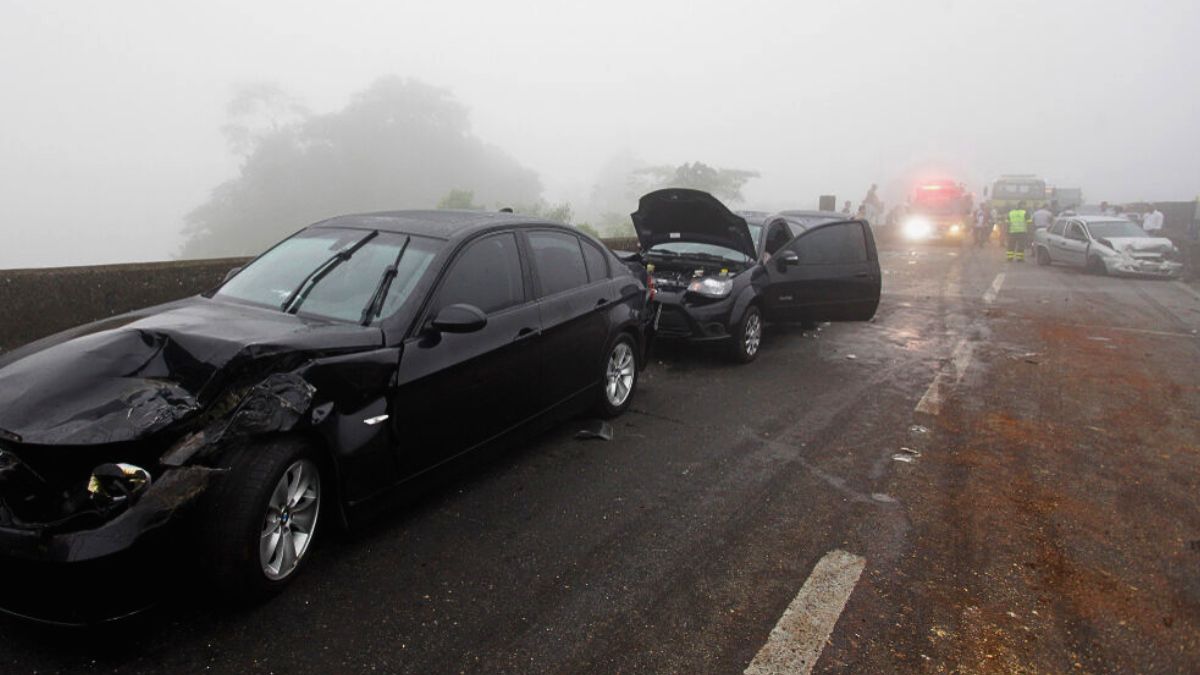If you live in Virginia or travel through it often, you’ve probably seen roads under construction, new transit routes, or long-term infrastructure projects in motion. But have you ever wondered who plans all of it? That’s where VTrans comes in. It’s not just a government buzzword—it’s the brain behind the future of Virginia’s transportation network. Let’s break down what VTrans really is and why it matters to you.
Overview
VTrans stands for Virginia’s Multimodal Transportation Plan. It’s the official planning document that outlines the long-term vision for transportation across the state. It’s developed and managed by the Office of Intermodal Planning and Investment (OIPI), which works under the Secretary of Transportation. Basically, VTrans is like the master blueprint for how Virginia moves—by road, rail, air, or even bike.
Purpose
So, why does VTrans exist? The main goal is to make sure the state’s transportation system is safe, efficient, and able to meet future demands. Think of it as a GPS for Virginia’s growth. It helps guide investments, road improvements, and even which transit projects get funded. Without it, planning would be more like throwing darts in the dark.
Components
VTrans isn’t just one big plan. It’s made up of several key parts that work together:
| Component | What It Does |
|---|---|
| Vision and Goals | Sets overall priorities (safety, access, economy) |
| Needs Assessment | Identifies current and future problems |
| Strategic Actions | Lays out recommended improvements |
| Investment Priorities | Helps decide what gets funded and when |
| Performance-Based Planning | Tracks whether the plan is working |
Each piece plays a role in making sure Virginia’s transportation system keeps up with population growth, economic development, and environmental concerns.
Benefits
Now you might ask, “What’s in it for me?” Good question. Here are some real-life benefits of VTrans:
- Smoother commutes: By identifying and fixing congestion hotspots
- Safer roads: Prioritizing high-crash areas for upgrades
- Better access: Ensuring people can reach jobs, schools, and hospitals
- Environmental protection: Supporting public transit and bike paths
- Smart spending: Using data to fund projects that matter most
In short, it’s all about making travel better for everyone—from truck drivers to cyclists.
Local Impact
VTrans isn’t just about big interstates. It also affects your neighborhood. Local cities and counties use VTrans to apply for state funding through programs like SMART SCALE, which scores transportation projects based on need and benefit. So, that new roundabout or transit line? Chances are, it started with VTrans.
Future
VTrans isn’t a one-and-done deal. It’s updated regularly to keep up with changes in technology, the economy, and climate. That means electric vehicles, autonomous cars, and climate resilience are all being factored into future plans. It’s like giving Virginia a transportation makeover every few years.
Knowing VTrans helps you see the bigger picture of how roads are built, where money is spent, and why your commute may change. It’s not just a policy—it’s a vision for a better, safer, smarter Virginia.
FAQs
What does VTrans stand for?
It stands for Virginia’s Multimodal Transportation Plan.
Who manages VTrans?
The Office of Intermodal Planning and Investment (OIPI).
How does VTrans help me?
It improves safety, access, and commute times.
Does VTrans affect local projects?
Yes, local areas use it to apply for funding.
Is VTrans updated regularly?
Yes, to reflect changes in tech and transportation needs.

















